Content:
It is known about the existence of varieties of wasps, the differences in which are in the way of life, appearance and even demeanor. In general, they can be divided into 2 parts: social and solitary insects. Today it is difficult to imagine a warm period of time without them, especially since they often interfere and can even sting people. All this makes such a neighborhood not always necessary.
Wasp lifespan
How many wasps live usually depends on many factors, but most of all on their hierarchical arrangement in families. Workers tend to die the fastest, and the life cycle of the uterus lasts longer.
The presence of alternating black and yellow stripes along the body is a distinctive feature of wasps. Also, insects have webbed wings, antennae, which are simultaneously considered respiratory organs, and powerful jaws. Depending on the variety, the dimensions can vary, for example, for a burrowing wasp, a length of 5 to 20 mm is considered normal, for a scolia - from 10 to 100 mm.
Wasps have never been long-lived. Their life depends on many factors related to the environment and the species. Social families of wasps live according to an internal hierarchy, which affects not only the distribution of responsibilities, but also the period of life. Each individual in the family performs its own functions and differs in importance. Within families, the following types are distinguished:
- uterus - deals with colony management and laying eggs for raising offspring;
- females unable to lay eggs are considered working wasps;
- females who can conceive offspring at certain times of the season.
Popular representatives of the subfamily are polys, or paper wasps. Spring is the time for the young queen to find a nest for herself and start building it. Chewed grass and tree bark are used to create a place for offspring. When summer comes, the first offspring of working insects are born, which resemble a womb, but are smaller in size. Such a brood can live up to two months. Closer to the middle of September, individuals appear in special cells, the reproduction of which is capable of producing young wasps.
When it gets cold and winter comes, males begin to leave the nests and die. In general, they are able to live up to 3 months. The overwintering of the queens takes place under the bark of trees, in crevices and grassy remains. Thus, the life span of a wasp can be extended up to 4 years. In general, the period of the wasp's life is associated with heat, since only individual members of the family are able to overwinter in frosts.
What are wasps in nature for?
Wasps, unlike their striped cousins, have not received enough respect from humans. This is largely due to the fact that few people know what wasps are needed for in nature, because they do not produce honey, sting and even cause allergic reactions. Quite logically, the question arises of what wasps do, and whether there is at least some benefit from them for people and the environment.
Insect benefits
What are the benefits of wasps:
- Exterminate small bugs... An adult feeds on nectars and fruit juices.The wasp larva must eat protein for development. To feed the offspring, wasps need to hunt pests, it can be a fly, mosquito, aphid, a spider and other pests that live in the garden;
- They destroy the bear... Insects are able to drive the pest out of the ground, then paralyze the victim by injecting poison. Now the paralyzed body of the bear is becoming a kind of incubator. All this time, the pest remains alive, does not allow wasp larvae to die, constantly feeding them with the necessary components. The death of the bear meets immediately after the last molt;
- Pollinating plants and flowers... For full development, many plants need to be pollinated, which wasps do well;
- Used in medicine to fight cancer... Scientists have shown that Brazilian wasps have a poison with a unique composition that helps destroy cancer cells without damaging healthy areas;
- Protects weak insects... Knowing about the ability of wasps to bite, hunt and show aggression towards other insects, weak individuals took on the colorful color of predatory insects. This is due to a subconscious unwillingness to face wasps. The stripes save the weak from birds, some species of flies, beetles, butterflies and many others.
Wasps may not be as useful as nectar-producing bees, but don't underestimate their potential. Where wasps live, there has been a significant decrease in flies that carry various bacterial diseases with their paws. Also on the garden plot there are fewer pests that spoil the crop, while the plants are not treated with chemicals. In addition, in order to attack a person, the wasp must see in him a danger and aggression in his direction.
How do they reproduce
Towards the end of the warm period, workers finish building large combs to the nests. All this is needed for the uterus to lay eggs. Then, within 20 days, females and males are born, which are called drones. By the end of August, young offspring need to feed well to get stronger. All this time they are kept by the nest roof. With the arrival of autumn, the drones begin to mate. At one time, the male fertilizes the uterus with such an amount of biomaterial that it can lay eggs throughout its life.
The predecessors of the drones are not able to survive the frost, so they die. After the wasps breed, the young female is able to fall asleep, lay eggs again with the arrival of spring and reproduce offspring. Moreover, during all the warm months, only working wasps are born. Fertile offspring appear only with the arrival of August. The time of the mating season can also explain why wasps attack people for no reason, show particular activity and aggression towards other insects.
What do they eat in summer
The diet and dietary habits of larvae and adults differ significantly. Thinking about what wasps eat, you can decide that they are omnivorous, but this is a misconception. There is enough of what the wasps eat that they will never touch. Moreover, they are picky enough in the matter of nutrition.
The most constant nutrition of insects is fruit, berry juice, which ripens during the period of their activity. Such food is the main source of energy. In addition, wasps love the insides of berries and are able to leave behind only the skin. This includes plums, raspberries, strawberries, blackberries, and grapes.
Also, representatives' favorite products are:
- Sugar;
- Honey products;
- Fruit preserves;
- Sweet syrups.
In turn, the larvae feed exclusively on proteinaceous tissues, that is, other insects. Suitable for feeding and developing future offspring:
- Slug;
- Butterfly;
- Spider;
- Caterpillar;
- Cockroach;
- Bed bugs and other insects.
Where they winter
When daylight hours and air temperature decrease, the wasp family begins to look for a place for wintering. The most successful place where wasps winter is under the bark of trees, as deep as possible. You can also hide in an old tree stump, under leaves fallen from trees, and in the crevices of buildings.
When wasps go to bed
Many people wonder when wasps go to bed, and whether they sleep at all. Touching upon this issue, it should be borne in mind that at a time when insects have nothing to eat, they hibernate. At the same time, their metabolism freezes, and the body does not feel temperature changes.
Also, wasps always take care of where they spend the night. These can be tall plants and grasses, to which they are attached by jaws and legs one by one. Rarely, but there are times when insects spend the night in a bunch.
Wasps attack people for no reason
Wasps are considered one of the most dangerous insects, stinging their prey. Like everything related to stinging, the wasp is considered a predator whose bite brings a lot of pain. After a bite, a person feels severe pain, after which other unpleasant symptoms may appear.
The first reason why wasps attack is a defense attempt. Like any predator, the wasp is evil by nature, so any encounter with it is perceived as an attack. Usually, such encounters only end in bites.
The distinguishing signs of a wasp bite are:
- Instant redness and swelling of the bite site;
- The pain is complemented by severe itching;
- The appearance of an allergic reaction;
- The whole body begins to itch, a rash appears;
- In the place where they stung, pain of an acute nature appears;
- Anaphylactic shock.
Additionally, there may appear:
- severe dizziness;
- vomiting, nausea;
- acceleration or deceleration of the heart rate;
- increase in temperature.
Do wasps die after being bitten
Many believe that the wasp and the bee are insects that do not differ. But this is completely wrong. They not only live different lives, but they also attack in different ways. This raises the question of who dies after being bitten: a bee or a wasp.
The main weapon of wasps is considered to be a sting, which is a modified egg-laying. In quiet times, it is hidden inside. As soon as the insect senses danger, the muscles push it out.
Attacking their prey, the wasps pierce the skin with a sting and inject poison. Does a wasp die after being bitten? No. Unlike a bee, a wasp can sting more than once. At the same time, after the attack, they calmly continue their life activities. When the predator senses danger, he attacks the prey, then pulls out the sting and flies away. This is due to the smoothness of the sting itself.
Wasp life cycle, lifestyle
Everyone has come across wasps at least once and is well aware of their aggressive nature. The insect, without hesitation, will attack first if it feels danger. Predators are able not only to sting, but also to bite with their jaws, which in itself is less painful. The family also has a herd instinct. If there are wasps nearby that sense the poison, they will come to the rescue and help attack.
The entire short life cycle of insects can be divided into several stages:
- Birth and arrangement of the nest. With the arrival of warmth, the uterus begins to nest to give life to a new generation;
- Reproduction. After the eggs are laid, fertile males and females appear, providing further reproduction.
Every gardener, knowing why wasps are needed, will say that wasps only interfere, because they spoil the fruit harvest, attack people and animals and feed on the remains of sweet foods from the table. But they also destroy other pests that attack garden plots. In addition, they pollinate plants, which is also important.
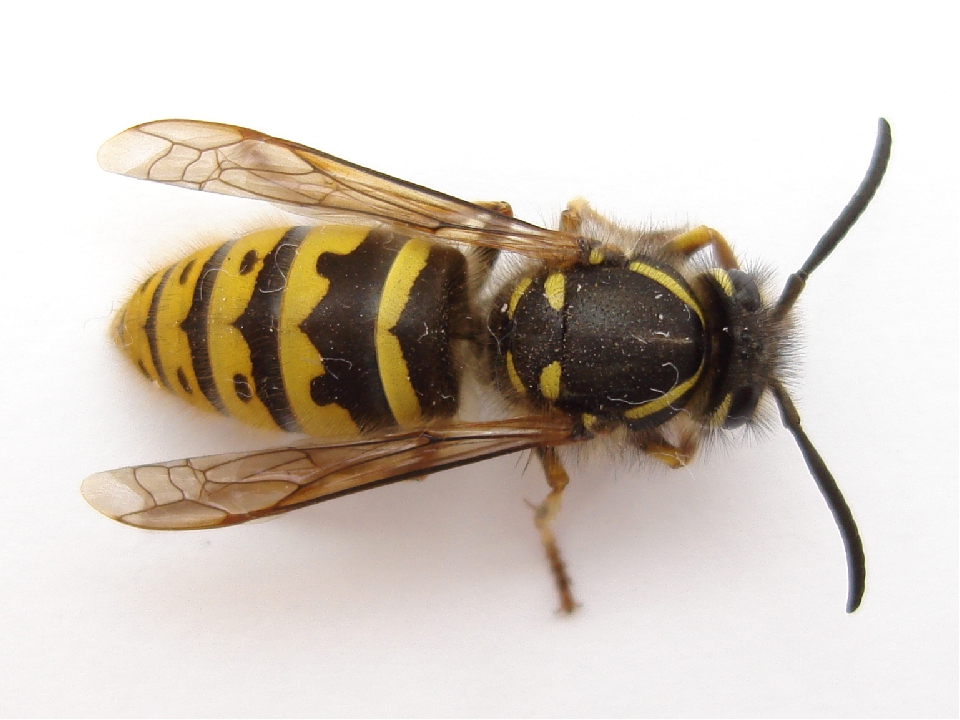
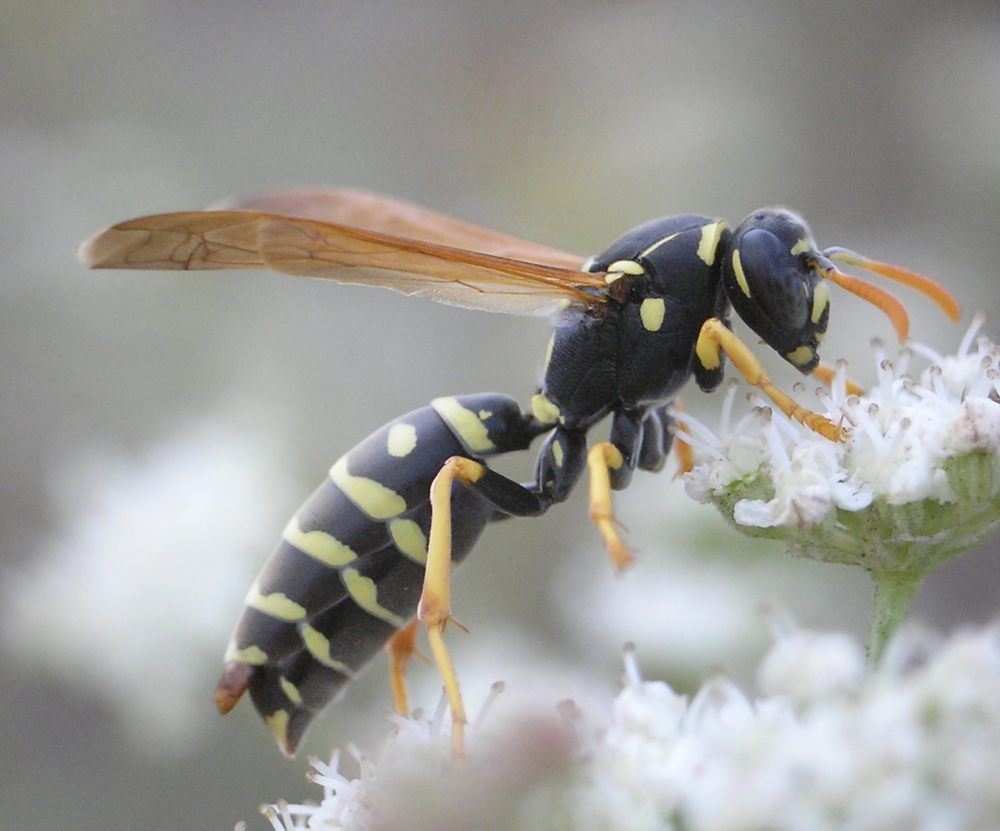
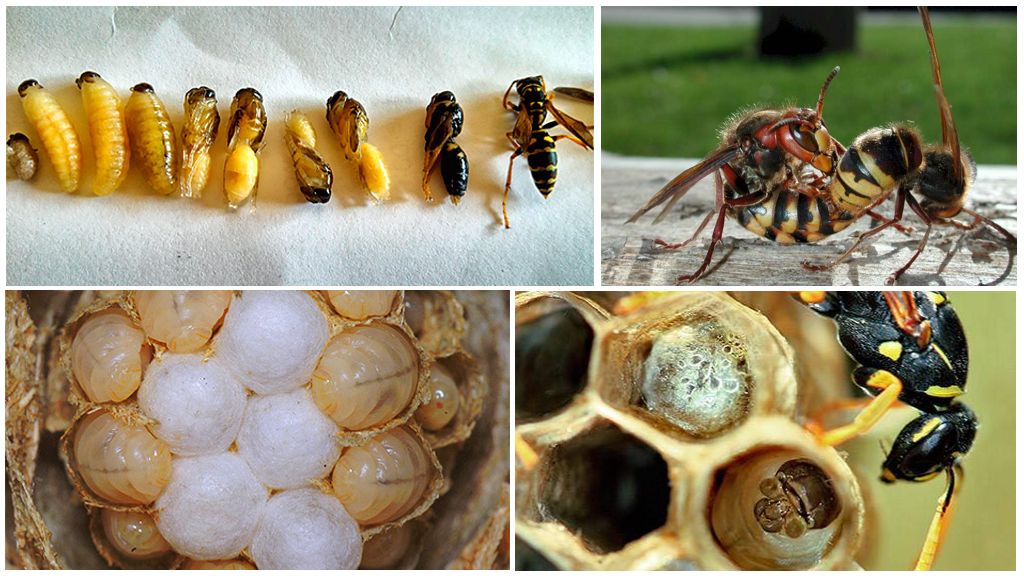
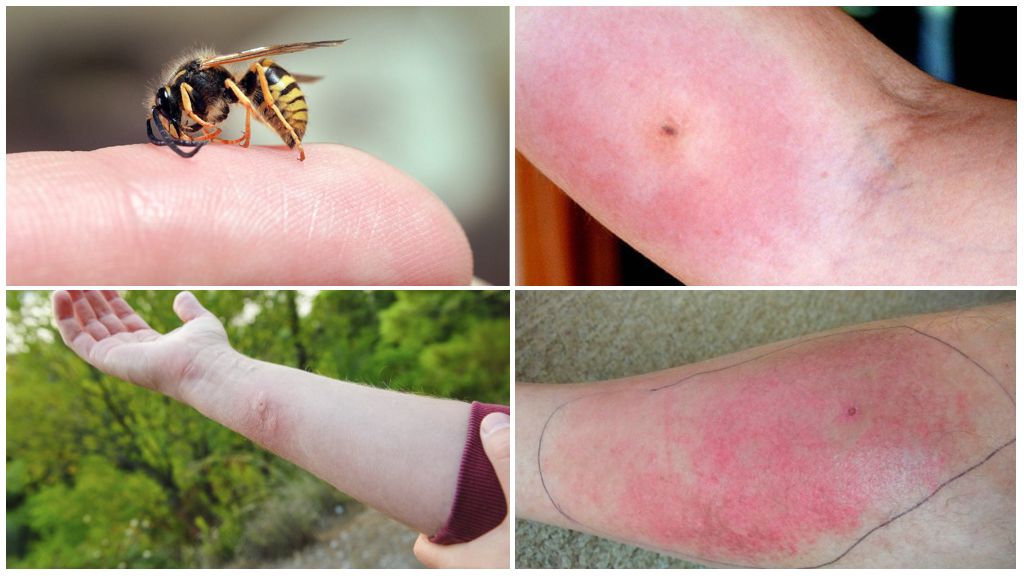
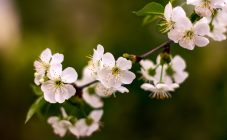


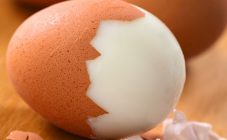
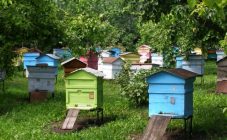
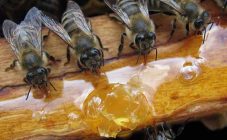







Can you tell me how to get rid of a wasp nest, if it is located where people come to their relatives in the cemetery. Have already bitten the child. We don't know what to do, now we don't know how to go to the grave, we are afraid of the wasp's nest.
What to do if a wasp flew under the bed and you can't get it out of there ?? How long will it live on the bed without light, food and food ??